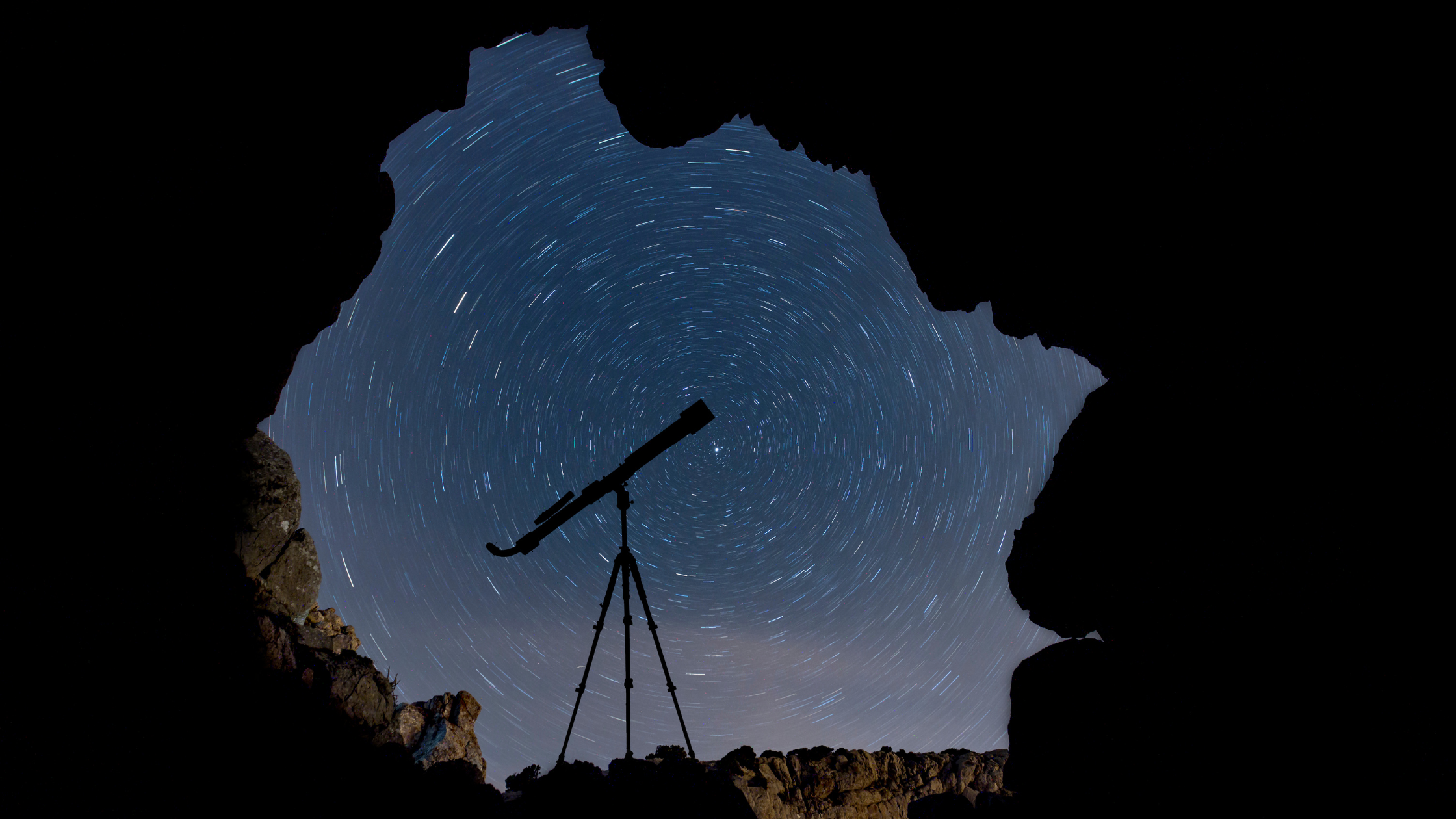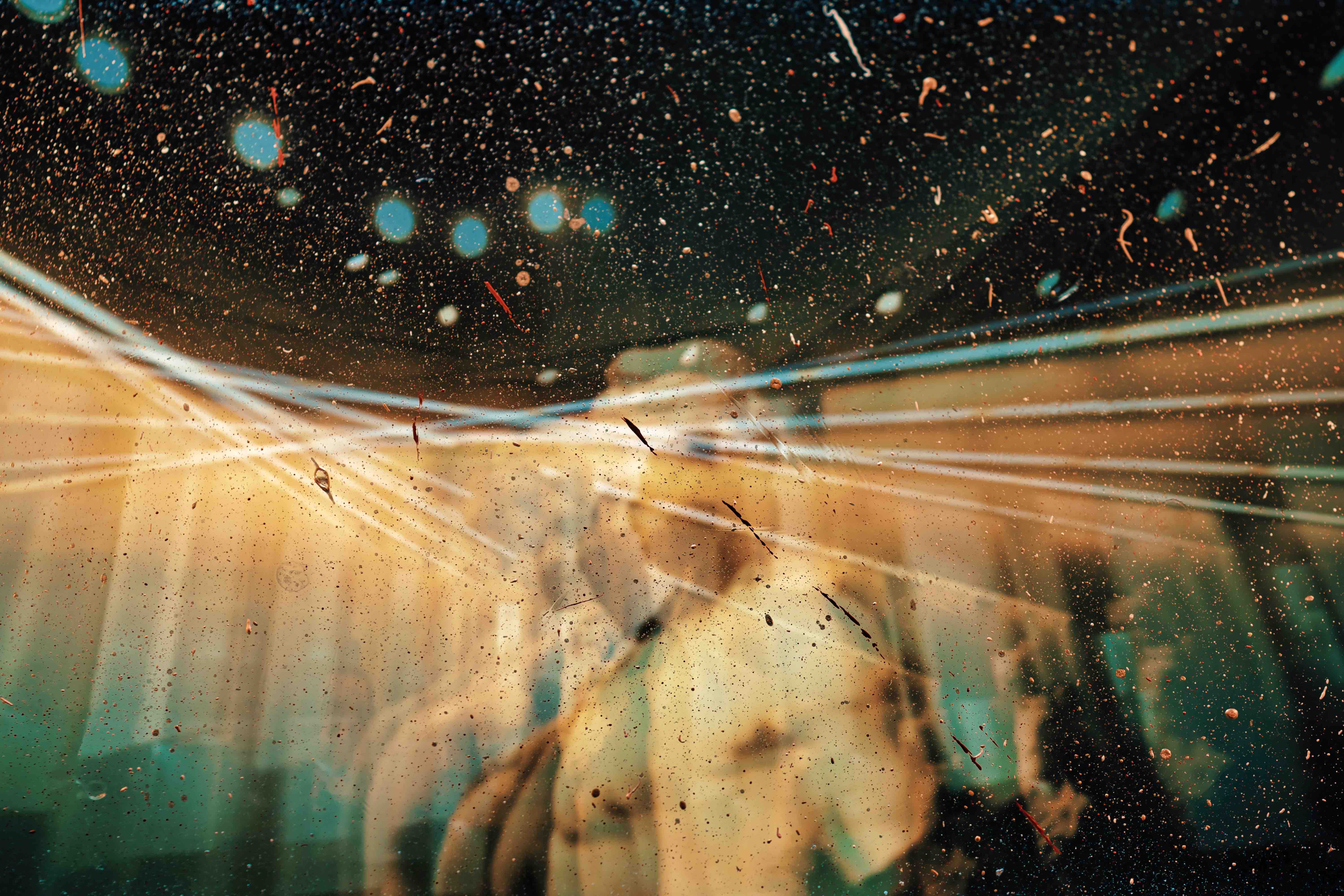Written by Hannah Burns, Content Creator at The Synthesis Institute.
Imagine our early human ancestors, who are living as part of a group and foraging along the forest floor. They’re desperate for food and come across some mushrooms that don’t quite make them sick but don’t leave their faculties unaffected, either. Over time, they learn to identify which fungi seem to induce these effects and how to modulate them. How might these psychedelic encounters, whether initiated intentionally or unintentionally, affect their rituals, creativity, expression, spirituality, inner wisdom, and self-concepts?
Naturally-occurring psychedelics can be found growing in various ecosystems on almost every continent. Given that humans have likely been ingesting fungi containing psilocybin for over 5 million years, many scholars and researchers have wondered: What role may psychedelics have played in our evolution?
A 2021 paper by José Manuel Rodríguez Arce and Michael James Winkelman entitled “Psychedelics, Sociality, and Human Evolution'' posits that our relationship with psilocybin likely began as dietary and became increasingly intentional to realize specific goals around psychological health, interpersonal relations, social rituals, and group consensus. Humans could have evolved to regard naturally-occurring, non-addictive psychedelics as “instruments of enhancement” in these endeavors.
Darwin’s Pharmacy: Sex, Plants, and the Evolution of the Noosphere author Richard Doyle even suggests that naturally-occurring entheogens — which he calls “ecodelics,” because they reveal interconnectedness — “can help make us aware of the effect of language and music etc., on our consciousness, and thereby offer an awareness of our ability to effect our own consciousness through our linguistic and creative choices.”
This is not unlike the groundbreaking psychiatrist and psychonaut Stanislov Grof’s concept of psychedelics as “nonspecific amplifiers.” If we understand that the word “psychedelic” itself means “mind-revealing,” then a pathway emerges between amplification and revelation.
Additional recent research into two major “pathways” of human brain serotonin by Dr. Robin Carhartt-Harris and Dr. David Nutt advances the hypothesis that psychedelics engage and enhance a serotonin receptor pathway associated with problem-solving, learning, and change. According to the 2017 paper “Serotonin and brain function: a tale of two receptors,” the signaling of this “active coping” pathway, known as the 5-HT2A receptor, appears related to heightened adaptability, especially in response to stress in challenging or adverse situations. It seems to primarily affect the higher levels of the brain’s functional hierarchy in an excitatory manner: The more adversity persists or increases, the more we are steered toward novel solutions.
However, this is not necessarily the default pathway that is activated in response to adversity. A separate pathway thought to be associated with “passive coping,” or strategies for responding to stress through tolerance, endurance, and relief, is believed to be indicated through the signaling of the 5-HT1A receptor. This is the pathway that seems enhanced by selective serotonin reuptake inhibitors or SSRIs. It primarily affects the limbic system, or our “stress circuitry,” in an inhibitory manner.
Tolerance is by no means an inherently poor coping strategy; there’s something to be said for both reducing harm and increasing resilience. When discomfort becomes less acute, it can be easier to maintain the patience, discipline, and equilibrium needed to continue on a current course or pattern. At the same time, as much as passive coping strategies can facilitate acclimation to a current condition and environment, these strategies don't necessarily create opportunities for learning or problem-solving. And sometimes, they’re not enough to mitigate the environmental demand at hand.
“Not everything that is faced can be changed. But nothing can be changed until it is faced.”
— James Baldwin
When a new approach is required, we engage our active coping pathway. This is our means to address a persistent source of stress through deep and rapid associative learning and psychological transformation. The active coping pathway increases both cortical entropy and environmental sensitivity, which can interrupt the limiting influence of our predictive models and the compressive filtering of our existing interpretations, expanding our frame of reference for reality. Suddenly, we might uncover new resources or make a spontaneous, profound connection between abstract concepts. Whole new frequencies of information and interpretations might thus become available to us, some of which could challenge our previously held beliefs about what is, what was, and what can be. The rock we’re holding is suddenly a tool.
Possibility shares a root with potent: potis, which relates to power, manifestation, and capability.
It also relates to the word host or one who receives guests. Sometimes, psychedelic experiences can feel like an influx of unfamiliar, intense, and even uncomfortable content. How we receive this content — how open, welcoming, and willing to learn we are — matters.
In fact, during a recent edition of The Explorer’s Edge, Synthesis Lead Facilitator and Core Faculty member James Clifton shared The Guest House, a poem by Rumi that often helps to open and ground our Expansion retreats:
This being human is a guest house.
Every morning a new arrival.
A joy, a depression, a meanness,
some momentary awareness comes
as an unexpected visitor.
Welcome and entertain them all!
Even if they’re a crowd of sorrows,
who violently sweep your house
empty of its furniture,
still, treat each guest honorably.
He may be clearing you out
for some new delight.
The dark thought, the shame, the malice,
meet them at the door laughing,
and invite them in.
Be grateful for whoever comes,
because each has been sent
as a guide from beyond.
This invocation of possibility is a beautiful reminder to greet the unexpected willingly. We evolve in part via leaps into the unknown, relying on both the strength and flexibility of our coping abilities. We train that muscle by welcoming, with a non-judgmental attitude, the visitations of revelation.
The work of Rodríguez Arce and Winkelman suggests that the modulating effect of psychedelics on the active coping pathway may have galvanized psilocybin’s integration into early human life, directly affecting both our adaptive fitness and our evolutionary selection for creativity, sociality, and cognitive flexibility.
Let's cast our minds back to our foraging ancestors. Perhaps, as they incorporated psilocybin more and more intentionally into their diet and culture, their capacity for revelation increased. Perhaps collective social rituals for sharing and integrating these revelations, mediated by music, vocalizations, laughter, storytelling, mimesis, and mystical experiences, emerged. Perhaps, with their active coping pathways activated and enhanced, they evolved and adapted even more rapidly to their environment, or rather, adapted their environment to them. Perhaps their rituals deepened, advancing their sociality, cognition, and transmission of knowledge across generations and geography. Perhaps human consciousness expanded, and more and more of the universe and its mysteries became available for exploration.
How can we contemporary beings tap into the dynamism of that developmental potential? For starters, we can conscientiously stretch the boundaries of our predictive minds, engaging in active coping strategies for behavioral or cognitive change. The research into the effects of psychedelics on our active coping, 5HT2A serotonin receptor, and potential role in the lives of early humans, suggests that psychedelics can be powerful allies on this pathway. We can also look to the collective rituals and prosocial synchronic activities (like open monitoring meditation, talk therapy, drumming, fasting, singing, and dance) that may have developed in collaboration with psychedelics as they mediated our healing, bonding, decision-making, and mysticism. When we combine these interventions, practices, and modalities, we channel some of that same adaptive, evolutionary impulse.
It’s a universe of possibility.
It’s gray infused by color.
It’s the invisible revealed.
It’s the mundane blown away
by awe.
— Jason Silva












